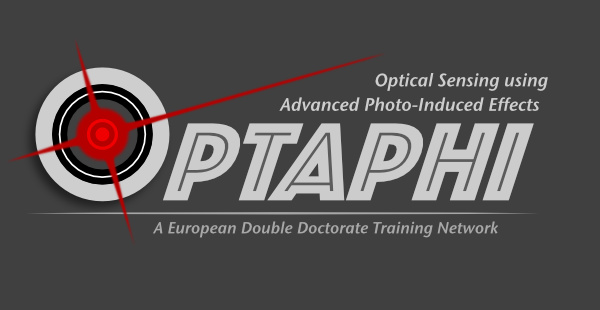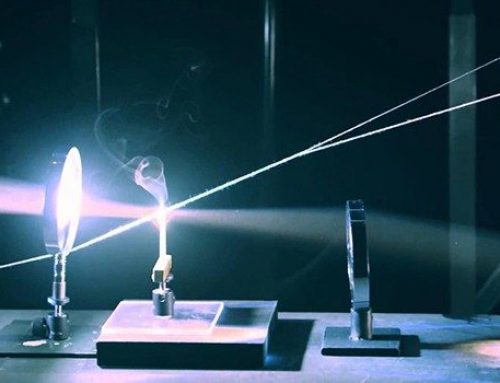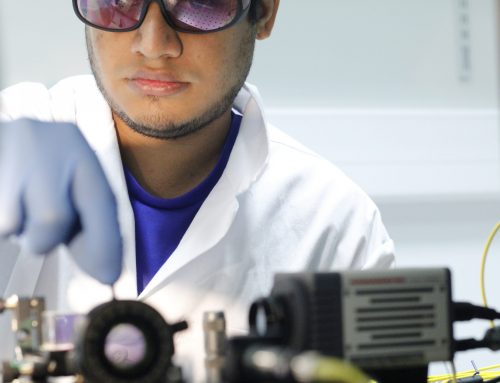Project Description
OPTAPHI

Project Description
OPTAPHI – Optical Sensing using Advanced Photo-Induced Effects – is a €3.75M European Joint Doctorate network funded through the EU H2020 Marie Skłodowska-Curie Innovative Training Networks (ITNs) programme. Coordinated by CAPPA, it funds a cohort of 14 Early Stage Researchers (i.e. Ph.D. students), each of whom will receive double degrees from two European partner institutes. OPTAPHI offers a unique combination of training in integrated semiconductor lasers together with advanced spectroscopy, focusing particularly on the methods of photo-acoustic and photo-thermal spectroscopy. The research in OPTAPHI is grouped into 3 themes based on the application areas of Environmental Sensing, Agri-Food Analysis, and Industrial Process Monitoring, but with cross- cutting techniques and skills. CIT-CAPPA is the recruiting host for 4 ESR projects, and the co-host for a further 4 projects.
Consortium
Photonic sensors are a key element of the larger photonics sector; measurement of molecular-specific optical transitions allows qualitative and quantitative analysis in-situ, without the need to chemically prepare or damage the sample in question, and hence is hugely attractive for a wide range of applications, from Process Analytical Technology (PAT) to biomedical diagnostics. Due to Europe’s strong activity in optical sensing and the large variety of applications, it is becoming increasingly difficult for all sectors to find highly skilled photonics graduates, particularly at the interfaces between sectors. In particular, optical sensing is intrinsically a multi-disciplinary topic, requiring expertise in chemistry, physics and engineering, making truly disruptive innovation difficult within a traditional Ph.D. project. The OPTAPHI network aims to address this by training a cohort of doctoral students in the complementary fields of advanced spectroscopy and integrated optics. Specifically, the focus is on the methods of photo-acoustic and photo-thermal spectroscopy, and the compact semiconductor lasers and integration techniques that enable sensors based on these.
Approach
Photo-Acoustic and Photo-Thermal Spectroscopy
The absorption of light by a sample (gas, liquid, solid) causes the sample to heat up; if the pump light is modulated, this produces a sequence of gas heating and cooling, leading to the generation of thermal and acoustic (sound) waves. Quartz Enhanced Photo-Acoustic Spectroscopy (QEPAS) and Photo-Thermal Spectroscopy (PTS) are ultra-sensitive techniques based on the detection of these acoustic and thermal waves. In QEPAS, a quartz tuning fork is used to detect the acoustic waves created in a gas sample, and is immune to external acoustic noise. PTS detects the refractive index change caused by the absorption-induced heating, using a Fabry-Pérot interferometer. Both techniques can potentially detect extremely low concentrations, at parts per trillion levels or less. PTS can also be applied to liquid sensing and, in combination with Atomic Force Microscopy (AFM), to near-field IR imaging.
Semiconductor Lasers and Integrated Photonics
The gases which can be detected by QEPAS and PTS depend on the pump laser used, the wavelength of which must be tailored to the absorption lines of the target gas. In order to realise compact, portable and low-cost sensors, these lasers need to have the small footprint of semiconductor lasers, similar to those used in e.g. the telecoms industry, and be closely integrated with the QEPAS/PTS cell. OPTAPHI will develop new hybrid photonic crystal lasers, long wavelength quantum cascade lasers, and III-V lasers grown on silicon, with new wavelength locking mechanisms and analysis techniques, to greatly reduce system size and improve robustness of the optical sensors. Regarding near-field IR imaging it will also conceive new transducers for simultaneously detecting thermal and chemical properties of solid samples with nanometre resolution.













